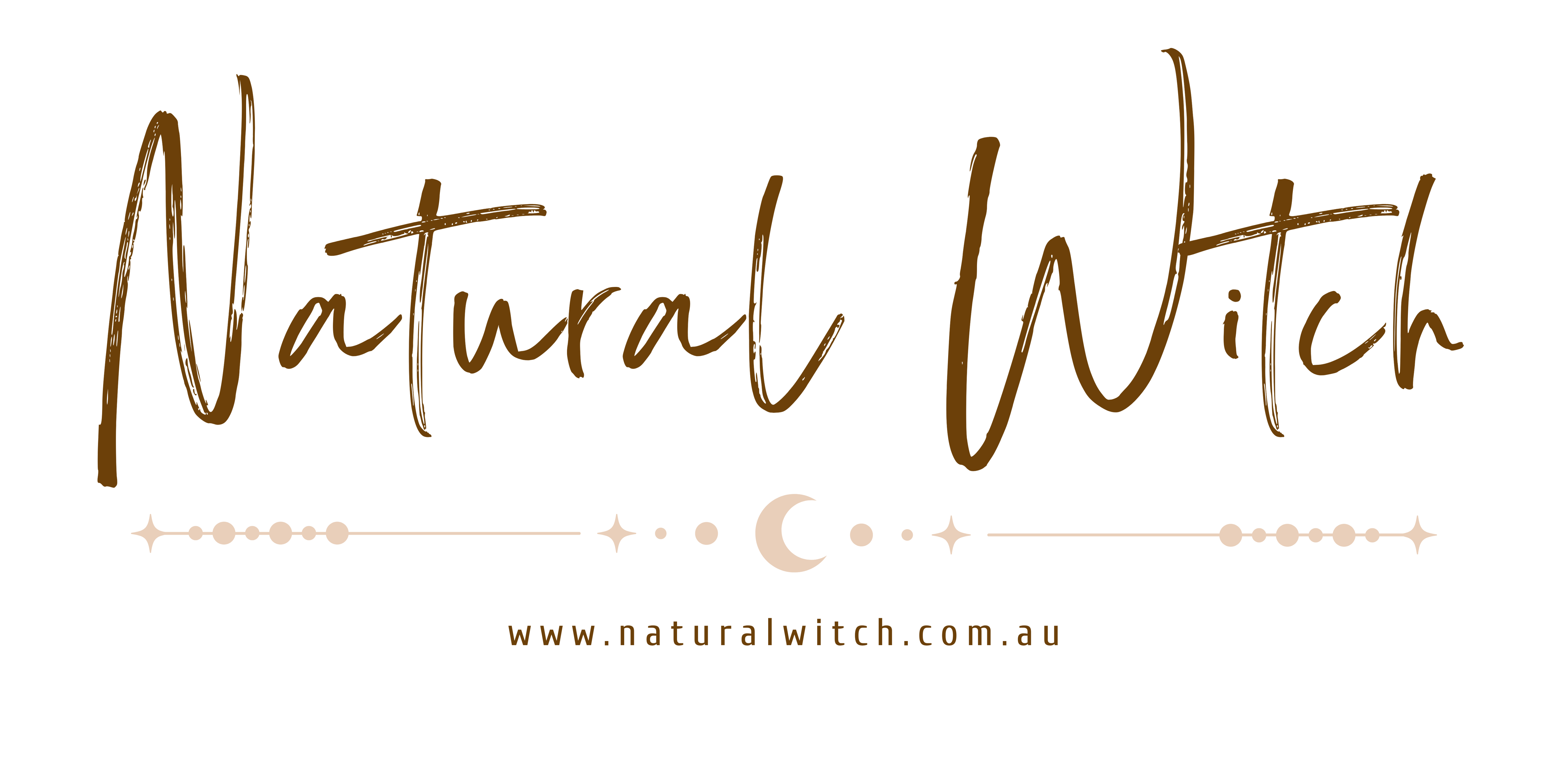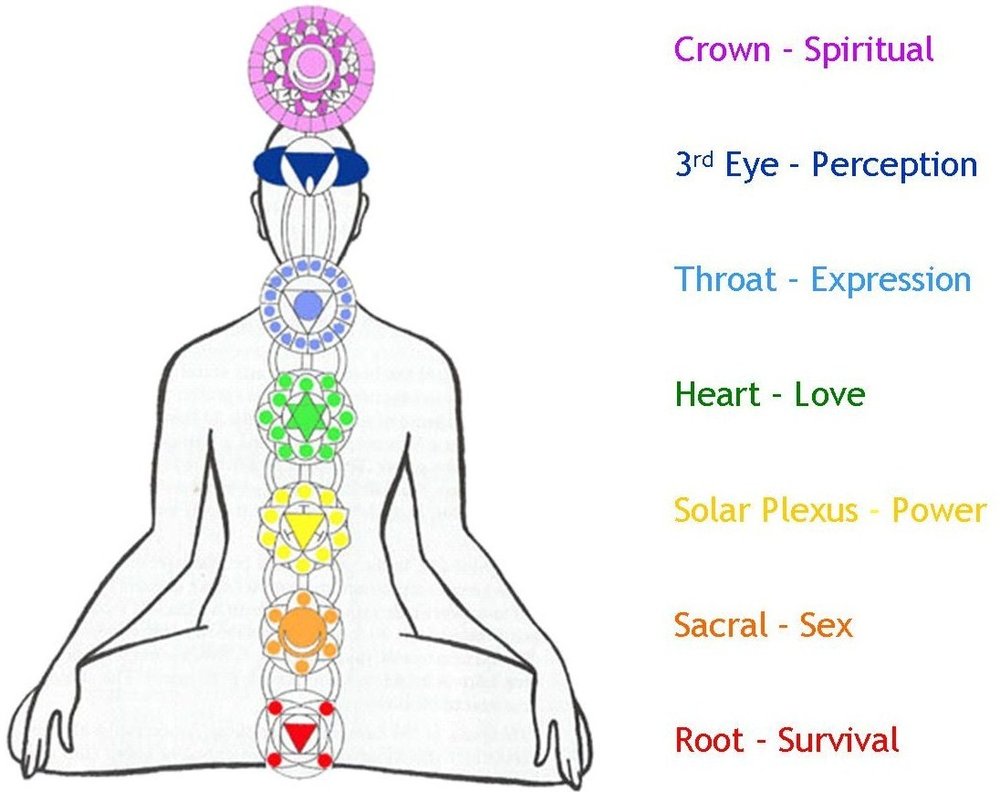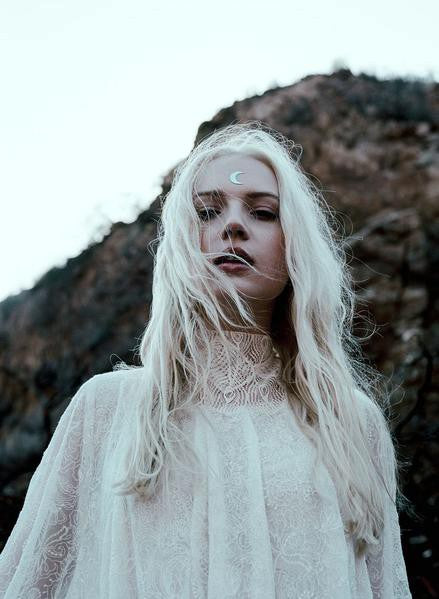Location: Lower abdomen, about 2 inches below the navel
What it controls: Your sense of abundance, well-being, pleasure, and sexuality
Mantra: "I always honour others but not before myself."
Colour: Orange
Element: Water
Stone: Tiger's Eye
Yoga pose: Bound Angle Pose
When it develops: 8-14 years old
3. Solar Plexus Chakra (Manipura)
The third chakra, the solar plexus chakra, speaks to your ability to be confident and in control of your life. Think back to the last time you had butterflies or felt a pit in the stomach: That's the Manipura chakra at work.
If your solar plexus chakra is blocked, you might feel overwhelming amounts of shame and self-doubt. Those with open sacral chakras are free to express their true selves.
Location: Upper abdomen in the stomach area
What it controls: Self-worth, self-confidence, and self-esteem
Mantra: "Self-love starts when I accept all parts of myself."
Colour: Yellow
Element: Fire
Stone: Amber
Yoga pose: Boat Pose
When it develops: 15-21 years old



